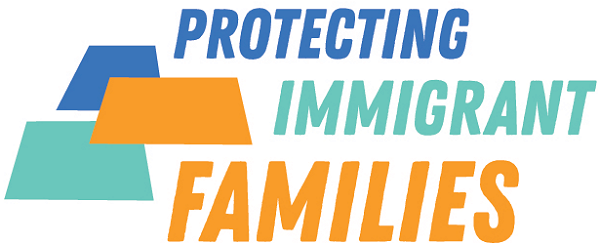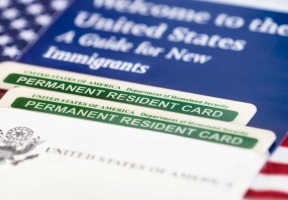

A poll released Wednesday by the Protecting Immigrant Families (PIF) coalition finds that a large share of immigrant families are unaware the Biden Administration has reversed a Trump Administration policy that put immigration applications at risk if lawfully-present immigrants used safety net programs for which they qualified. The Department of Homeland Security (DHS) reversed the 2019 “public charge” regulations in March, but experts cite the policy’s persistent chilling effect as a contributing factor to the pandemic’s disproportionate impact on immigrant families of color, including vaccination disparities. The new research validates these concerns, showing that 78 percent of immigrant families were unaware the policy had changed. “The reversal of the Trump Administration public charge regulations was a critical first step toward ending the pandemic,” said Eddie Carmona, PIF director. “But this poll confirms that the Biden Administration, and all of us, have much more work to do.” The poll surveyed 1,000 individuals nationwide, most Latino or Asian American / Pacific Islander. Respondents have at least one family member who is not a U.S. citizen. The survey found that:
• Only 22 percent of immigrant families had heard “a lot” about DHS’ action to reverse the Trump Administration public charge policy
• But 50 percent said that knowledge made them more likely to use safety net programs when necessary
• About half (46 percent) of respondents whose families needed help during the pandemic declined to apply because of immigration concerns.
The poll was completed for the PIF coalition by BSP Research, which has also overseen large public opinion surveys measuring the impact of COVID-19 on Latino communities. The research was funded by Share Our Strength’s No Kid Hungry campaign. The survey was in the field from September 1-22, 2021. BSP screened in only people who are immigrants or have at least one close family member who is an immigrant, and the poll includes 1,000 respondents at a confidence interval of +/- 3.1 percent.










